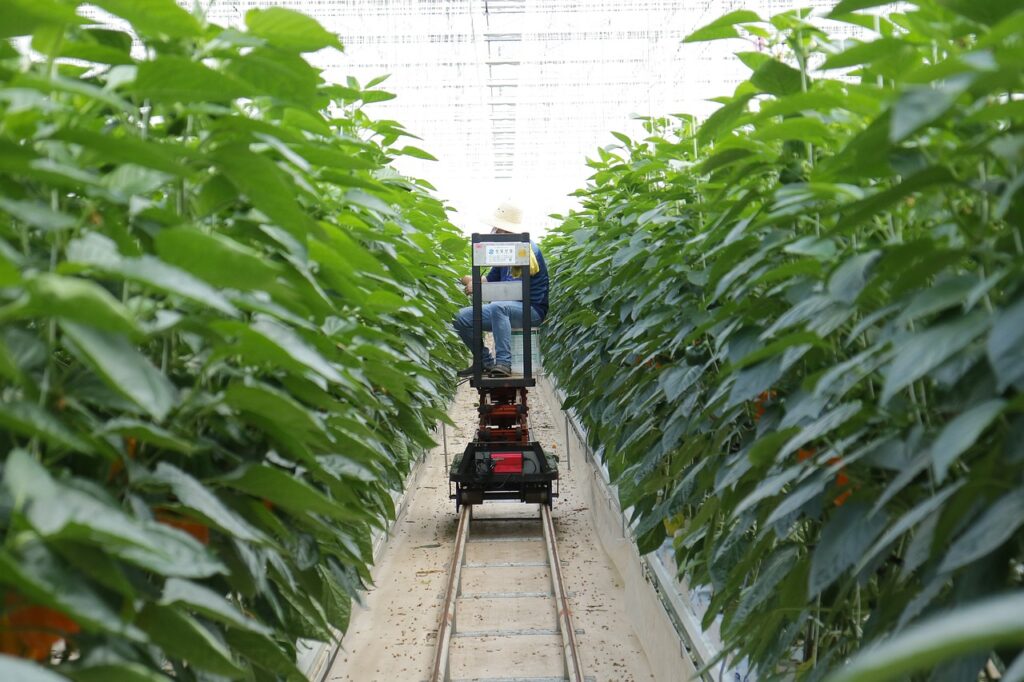Introduction
The world of agriculture is rapidly changing and evolving with technological advancements. With the rise of smart farming and precision agriculture, many investors are looking to capitalize on the growth opportunities in this industry. One way to do this is through investing in smart farm exchange-traded funds (ETFs). In this ultimate guide, we will explore everything you need to know about investing in smart farm ETFs.
What are Smart Farm ETFs?
Smart farm ETFs are funds that invest in companies that are involved in the development and implementation of smart farming technology. This includes companies that provide precision agriculture solutions. Such as soil and crop analysis, weather monitoring, and GPS mapping, as well as companies that develop and manufacture autonomous farming equipment.
Why Invest in Smart Farm ETFs?
Investing in smart farm ETFs provides investors with exposure to the growth potential of the agriculture and technology industries. With a growing global population and increasing demand for food, the agriculture industry is poised for growth, and smart farming technology is expected to play a significant role in meeting this demand.
Furthermore, smart farming technology can help farmers increase efficiency, reduce waste, and improve crop yields, making it an attractive investment opportunity for those looking to capitalize on the potential benefits of technology in the agriculture industry.

Factors to Consider When Investing in Smart Farm ETFs
- Fund Manager: It is important to research the fund manager and their investment philosophy. o ensure that their investment strategy aligns with your goals.
- Fund Composition: The composition of the fund is crucial in determining the potential risk and return of your investment. Look for a fund that invests in a diverse range of companies within the smart farming industry.
- Expense Ratio: The expense ratio is the annual fee that the fund charges for its management. Look for a fund with a low expense ratio to maximize your returns.
- Performance: Consider the past performance of the fund, including its returns over the short and long term. It is also important to consider the fund’s performance relative to its benchmark and peers.
- Liquidity: Liquidity is a measure of the ease of buying and selling shares in the fund. Look for a fund that is widely traded and has high daily trading volume.
- Fund Size: The size of the fund is another factor to consider. Larger funds tend to be more stable and less volatile than smaller funds. But they may also be less agile in responding to market changes.
Risks Associated with Smart Farm ETFs
Investing in smart farm ETFs, like any other investment, carries inherent risks. Some of the key risks associated with smart farm ETFs include:
- Market risk: The value of the fund may be impacted by market fluctuations, and the fund may lose value in a down market.
- Technology risk: The success of smart farming technology is dependent on a number of factors. Including the rate of adoption by farmers and the pace of technological advancement. Any negative change in these factors could negatively impact the performance of the fund.
- Interest rate risk: The price of smart farm ETFs is impacted by changes in interest rates, and a rise in interest rates can lead to a decrease in demand for commodities, causing the value of the fund to decrease.
- Liquidity risk: Smart farm ETFs that are not widely traded can have limited liquidity, making it difficult to sell shares when needed.
- Counterparty risk: When investing in smart farm ETFs, there is a risk that the fund may not be able to meet its obligations if its counterparties, such as banks and brokers, fail.
conclusion
In conclusion, investing in smart farm ETFs offers investors exposure to the growth potential of the smart farming industry. But it’s important to understand the risks involved. As with any investment, it’s crucial to do your research and consider your personal financial goals and risk tolerance before making a decision.
We that buyers recommended to carefully review the prospectus of the ETF. Understand the underlying holdings and the ETF’s investment strategy, and consider factors such as liquidity and expense ratios. Having a thorough understanding of the ETF and the risks involved, investors can make informed decisions and potentially benefit from the growth potential of the smart farming industry.